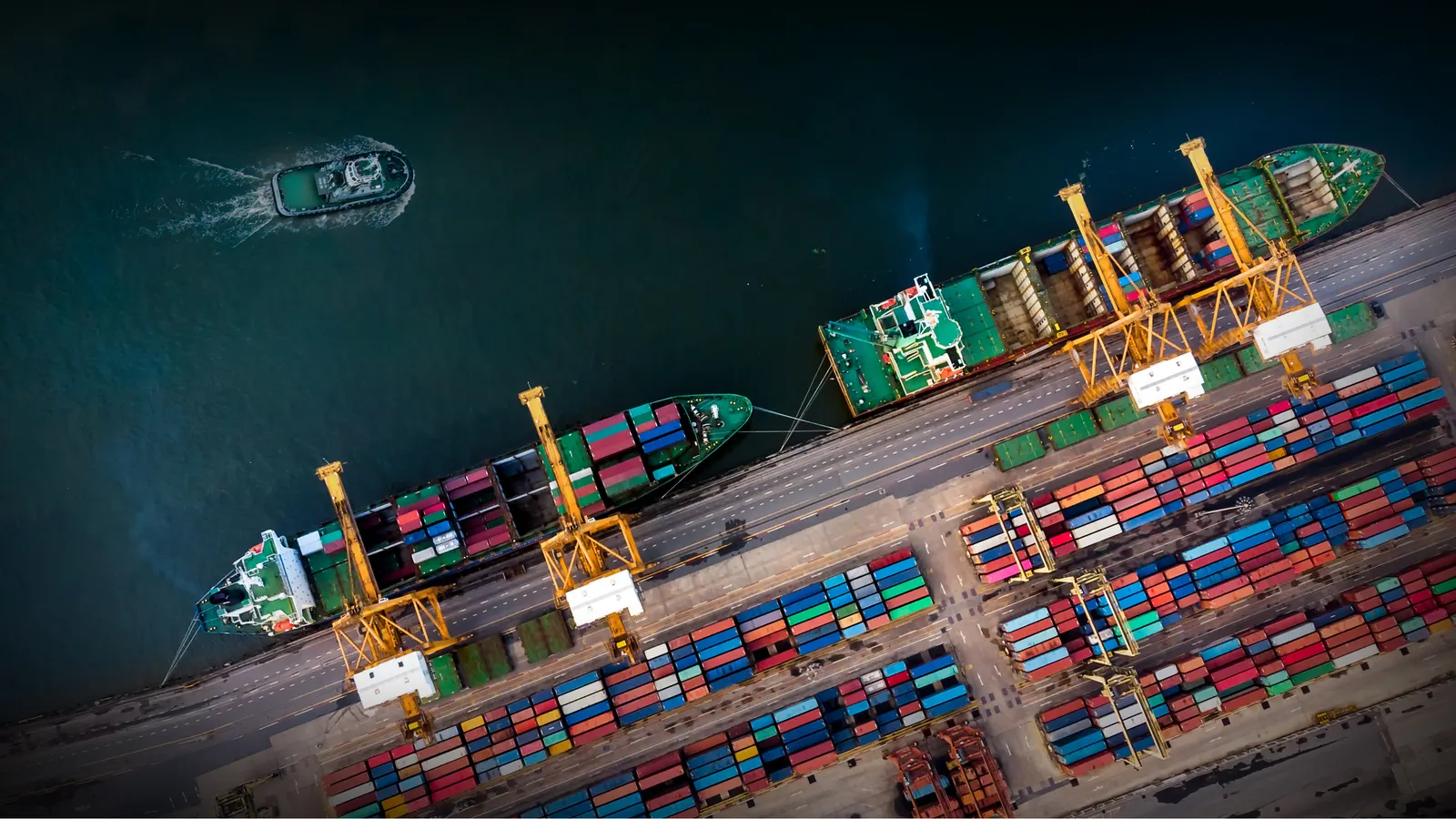Tariffs have significantly impacted global supply chains, presenting new challenges for companies. However, innovative strategies can help organizations mitigate these costs and maintain efficient operations.
The Disruptive Nature of Tariffs in Global Supply Chains
Tariffs are one of the most unpredictable factors affecting international trade. Variables like the U.S.-China trade tensions and sudden retaliatory tariffs from various geopolitical locations can elevate business expenses almost overnight. For companies reliant on imports, these fluctuating barriers disrupt cost structures, adjust pricing strategies, and can even jeopardize product viability.
Effective Strategies for Mitigating Tariff Impacts
While the global trade landscape continues to be arduous, businesses are not left in the lurch. Clever companies are adopting innovative approaches to address tariff-induced challenges and enhance supply chain resilience in the long run. Here are six actionable tactics to help organizations soften the blow of rising tariffs:
1. Diversify the Supplier Base
Geographic diversification serves as a robust shield against tariffs. Businesses that previously relied heavily on sourcing from countries like China are now expanding their supplier networks to Southeast Asia, Eastern Europe, and North America. By not putting all their eggs in one basket, companies can pivot their production lines without significant interruptions when tariffs hit. For instance, many firms are now adopting a “China Plus One” strategy—maintaining operations in China but branching out to places like Vietnam, India, or Mexico to mitigate risks.
2. Leverage Tariff Engineering and Product Classification
Another powerful, yet underutilized, tactic is tariff engineering—making modifications to a product’s physical characteristics or classification to reduce duty liabilities legally. Changes in materials or design could potentially shift products into lower-duty categories. For example, in the apparel industry, modifying stitching or using different fabrics can result in more favorable tariff brackets.
Additionally, keeping a close eye on the Harmonized Tariff Schedule (HTS) classification codes presents chances for reclassification, especially when products fall into gray areas. However, these methods require meticulous compliance oversight to sidestep penalties.
3. Explore Free Trade Agreements (FTAs) and Duty-Drawback Programs
Many businesses overlook significant opportunities within preferential trade programs and duty recovery schemes that can substantially cut costs. FTAs have the potential to cancel or reduce tariffs on eligible imports from specific countries. By modifying their sourcing and production processes to abide by FTAs’ rules of origin, companies can reap the benefits of zero-duty treatment.
On a similar note, the U.S. duty-drawback program enables enterprises to recover up to 99% of duties paid on imported goods that are subsequently exported, wrecked, or incorporated into exported products.
4. Utilize Data and Scenario Planning
Scenario planning is no longer just a fancy addition to a strategic toolkit; it’s essential. Industry leaders are employing data analytics and modeling tools to project tariff ramifications under varying policy landscapes. U.S. Customs and Border Protection (CBP) provides import and export data, aiding companies in making informed sourcing and duty minimization decisions through Freedom of Information Act (FOIA) requests or setting up automated commercial environment (ACE) portal accounts.
5. Build Strategic Resilience
The most potent tariff mitigation strategies contribute towards creating long-term resilience—allowing businesses to adapt rather than merely react during crises. This involves investing in nearshoring or reshoring, nurturing supplier relationships, and embedding trade compliance expertise across multifunctional teams. The aim transcends just lowering duty costs; it’s about creating a supply chain that can remain agile and responsive amidst all circumstances.
6. Reevaluate Transfer Pricing Strategies
Transfer pricing intricately ties into customs value during cross-border transactions. Adjusting transfer prices within legal guidelines can substantially influence duty amounts. For instance, by reducing the transfer price of goods sourced from a foreign partner, its customs value—and, consequently, the applicable duties—may dip. However, such alterations must comply with both transfer pricing laws and customs valuation standards to avoid complications.
Réflexions finales
Integrating these strategies can form a cohesive approach to refining the flow of goods and information while minimizing global tax burdens and customs duties. Techniques like utilizing free trade zones and optimizing country of origin labeling are essential in adopting a tailored tax-optimized supply chain plan. Collaborative efforts amongst tax, finance, legal, and operations teams are critical to balancing tax efficiency with commercial viability.
As tariffs remain unpredictable, companies shouldn’t mirror that uncertainty in their logistics strategies. With the right mix of diversification, design adaptation, regulatory navigation, and proactive analytics, businesses can reshape tariff challenges into catalysts for smarter and more robust global operations.
At GetTransport.com, organizations can streamline their logistics operations while addressing their transportation needs efficiently and affordably. By leveraging the insights gained from the aforementioned strategies, businesses can make confident, informed decisions on logistics and transportation. With GetTransport.com, you can navigate these complexities effortlessly, ensuring timely cargo deliveries and long-term operational success.
To sum it all up, the impact of tariffs and global trade conditions on logistics is profound, but the right strategies can create a buffer against these challenges. Organizations must recognize that while research and analyses play a vital role, there’s no substitute for firsthand experience when navigating trade dynamics. So why not explore the many options available at GetTransport.com? With a commitment to transparency, convenience, and affordability, your cargo transportation needs can be met seamlessly. Book your transportation today at GetTransport.com.

 Naviguer dans les changements tarifaires : Construire des chaînes d'approvisionnement résilientes face aux défis commerciaux">
Naviguer dans les changements tarifaires : Construire des chaînes d'approvisionnement résilientes face aux défis commerciaux">